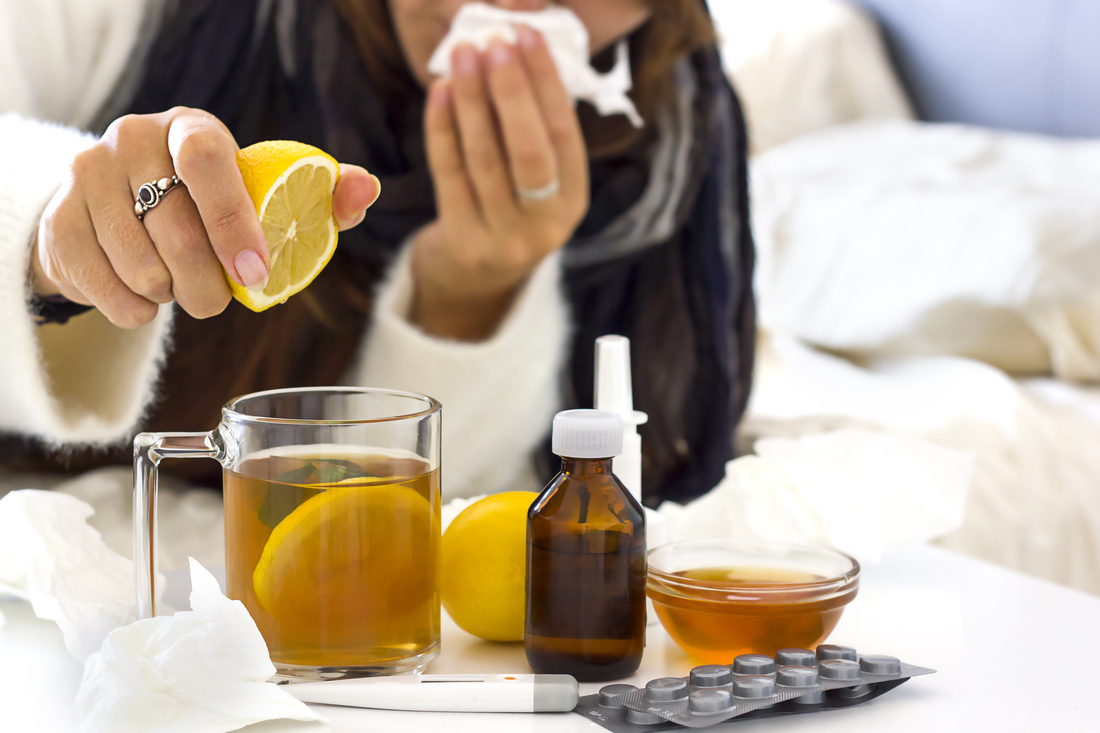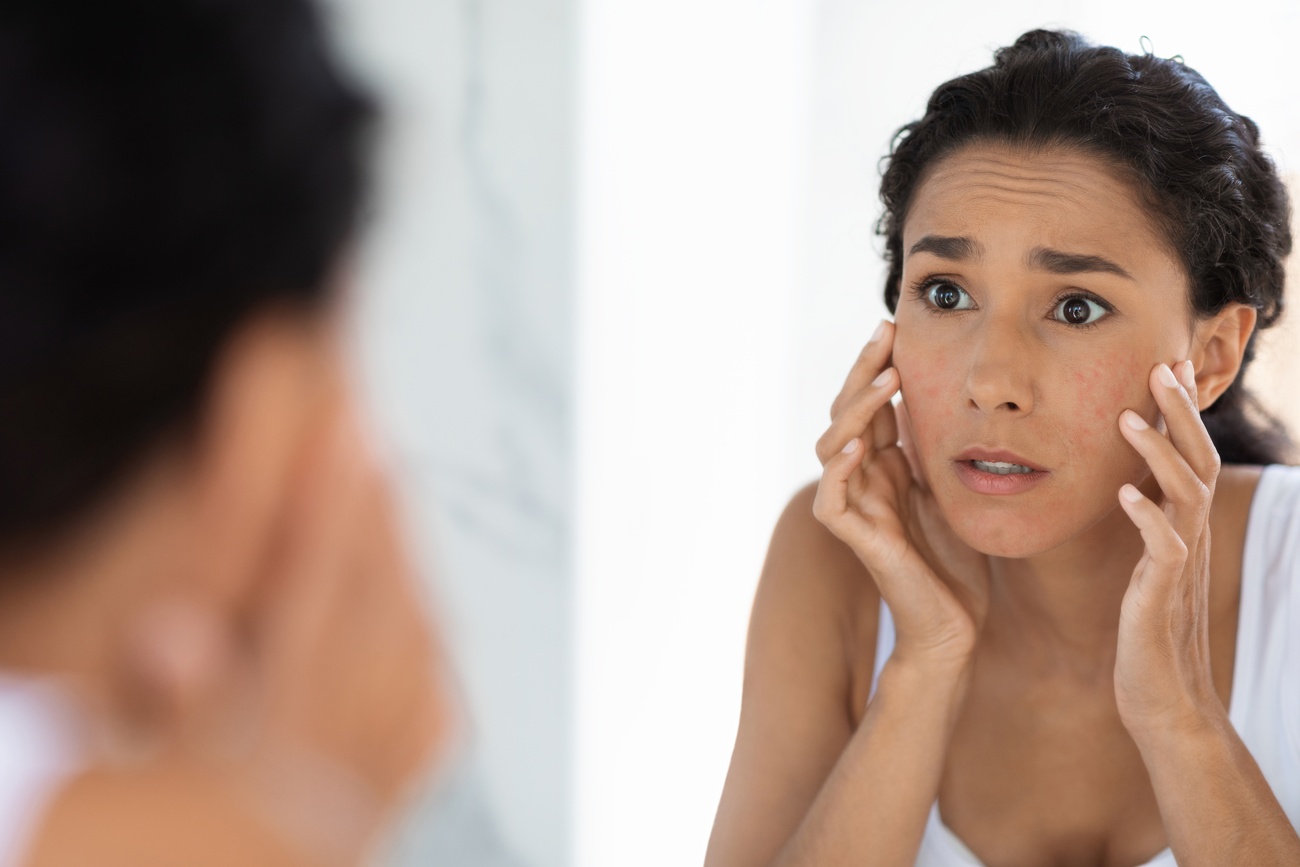
Cold weather can affect your skin
The cold, which for some may mean a respite from weeks of unusually high temperatures for this time of year, for people with atopic skin is a harbinger of complicated months for the evolution of their disease. SOURCE: EUROPA PRESS

Affects atopic skin more than atopic skin
The arrival of cold weather is associated with new outbreaks and a worsening of the symptoms of skin conditions such as atopic dermatitis.

Skin inflammation and irritation
Atopic dermatitis is a chronic disease that usually begins in childhood and causes the skin to become inflamed and irritated, causing severe itching. One of the characteristic signs that differentiate it from other skin diseases is eczema, lesions that can appear on the extremities, mainly folds, and the face.

Climate and fabrics also affect
It is this fragility of the skin that makes dry and cold climates, temperature changes, heating or certain warm clothing made of wool or synthetic fibers a real headache.

Sunbathing is beneficial
«It is important to keep in mind that the sun, in small and controlled exposures, has a protective effect against dermatitis and reduces itching,» explains Alba Crespo Cruz, dermatologist and medical advisor at Pierre Fabre Dermocosmetics.

In winter, sun exposure is reduced
«With the onset of winter, sun exposure is greatly reduced, so skin condition is likely to worsen.»

Negative impacts
But if there is something that patients with visible skin diseases, such as atopic dermatitis, suffer in silence, it is the psychological impact associated with the main symptoms such as itching, scratching and the appearance of lesions, even affecting rest or school or work performance.

To know the pathology
To avoid worsening the quality of life of these people, the expert dermatologist recommends a «good control of the pathology» with the idea of «spacing out the outbreaks as much as possible or making them milder».
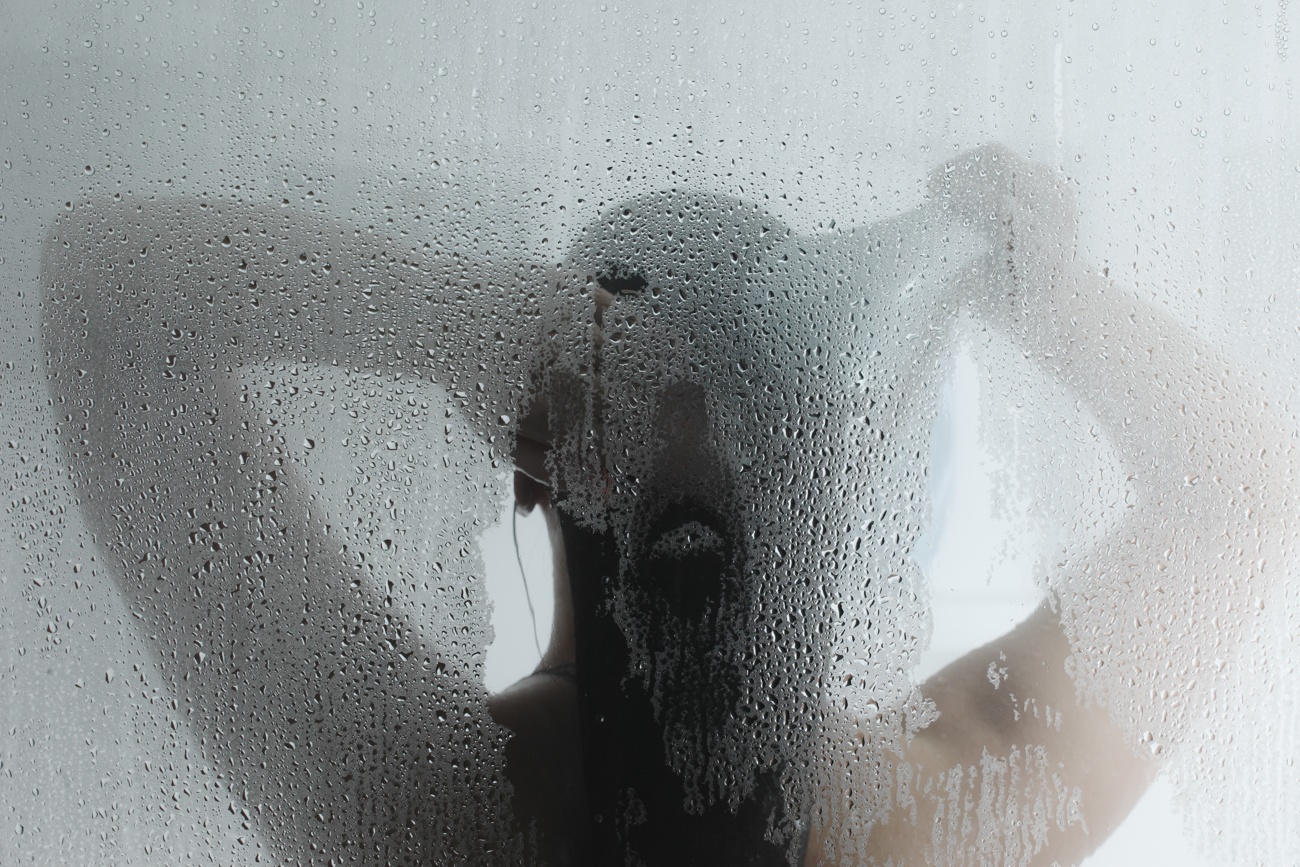
Appropriate products and routine
To this end, she insists on taking care of the skin with a daily routine based on the use of hygiene products suitable for this type of skin. In this sense, she recommends «controlling showers, no more than five minutes, and that they be carried out without sponges and with lukewarm water, using soap-free gels (syndet) or oil-based cleansers that are respectful for the skin».
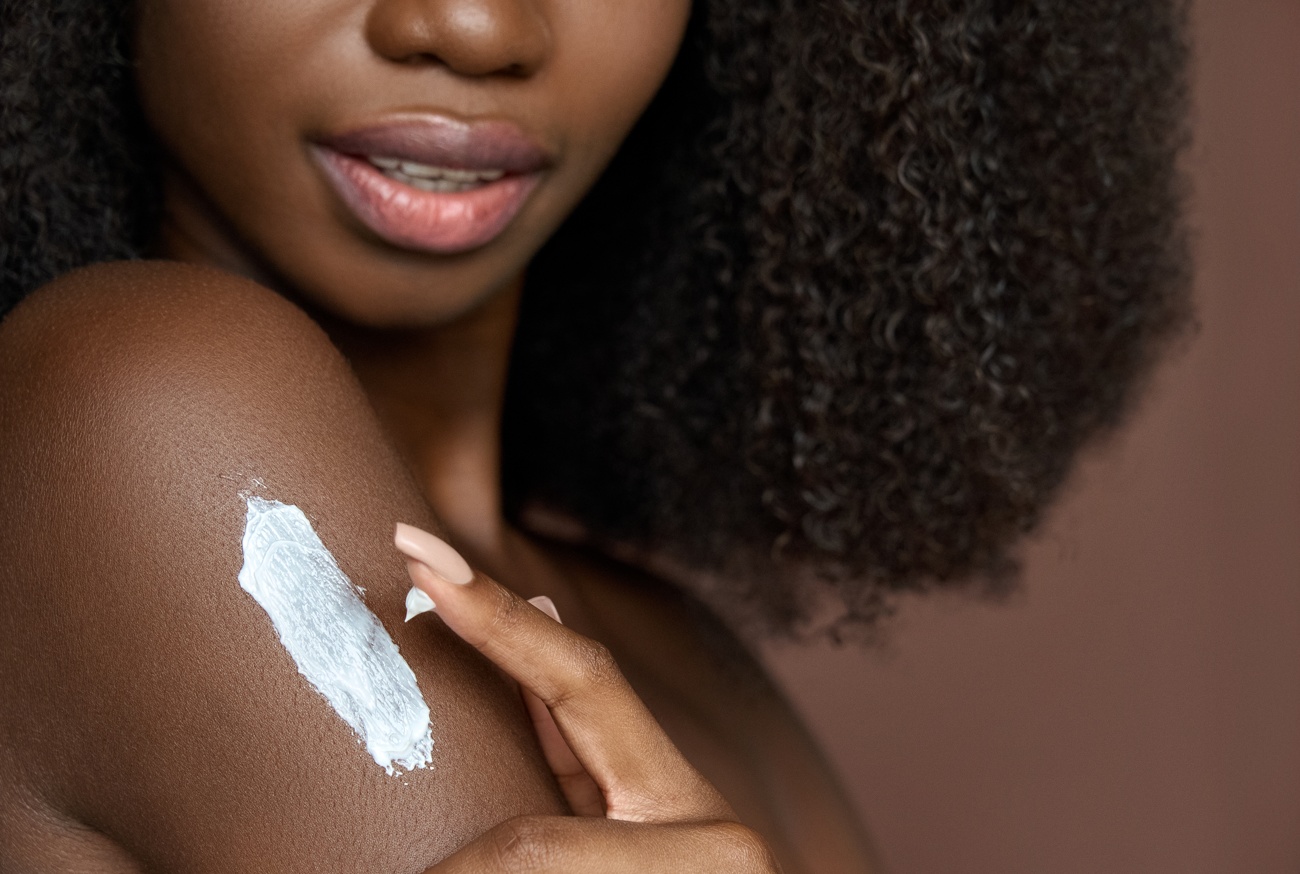
Cleaning oil
Exomega Control emollient cleansing oil (A-Derma) or Xeracalm cleansing oil (Avene), formulated without soap, are good examples for these skins.
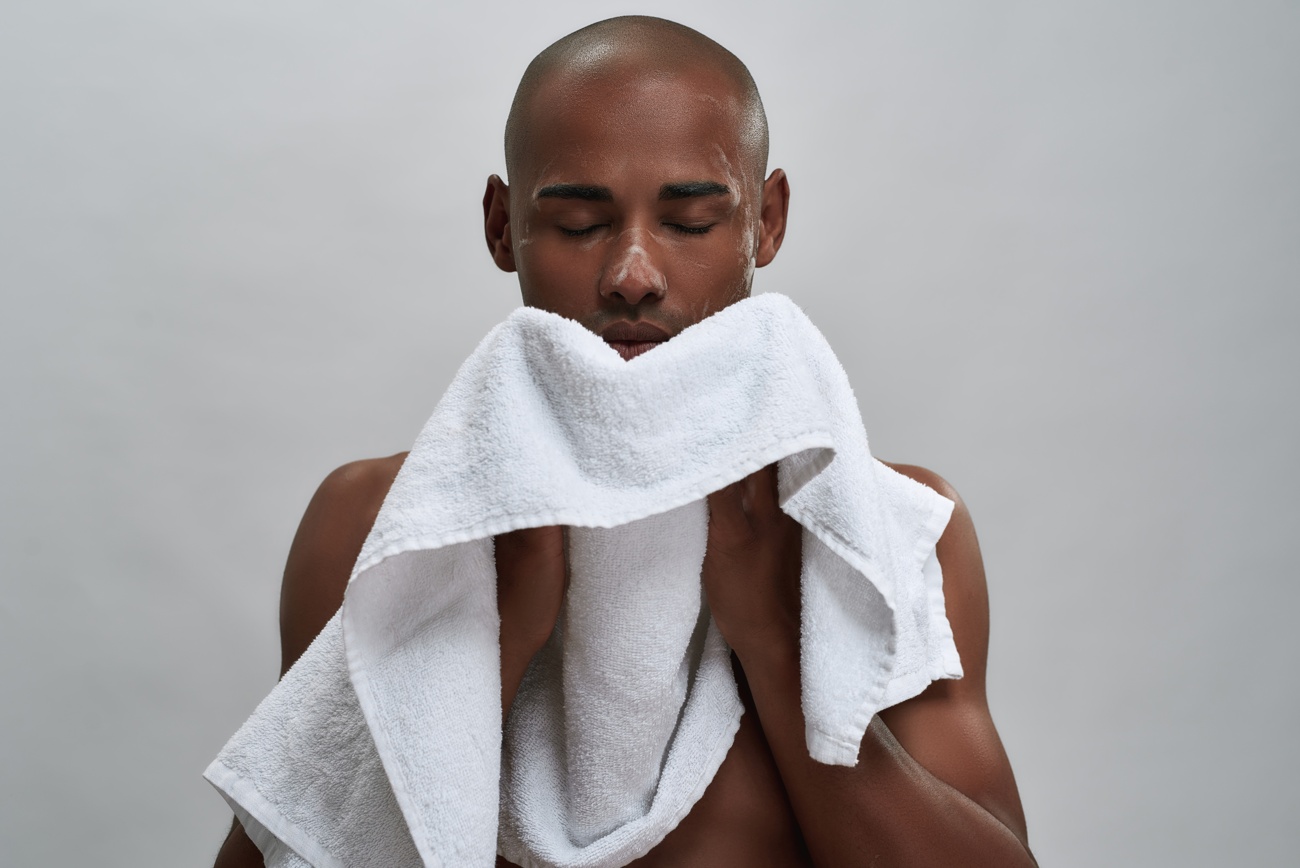
Gentle drying
When you get out of the shower, dry the skin with gentle touches and apply an emollient to moisturize and nourish it.

Avoid synthetic fabrics
On the other hand, he asks to «avoid synthetic fabrics and wool, as well as low humidity environments» and to «control emotional stress».
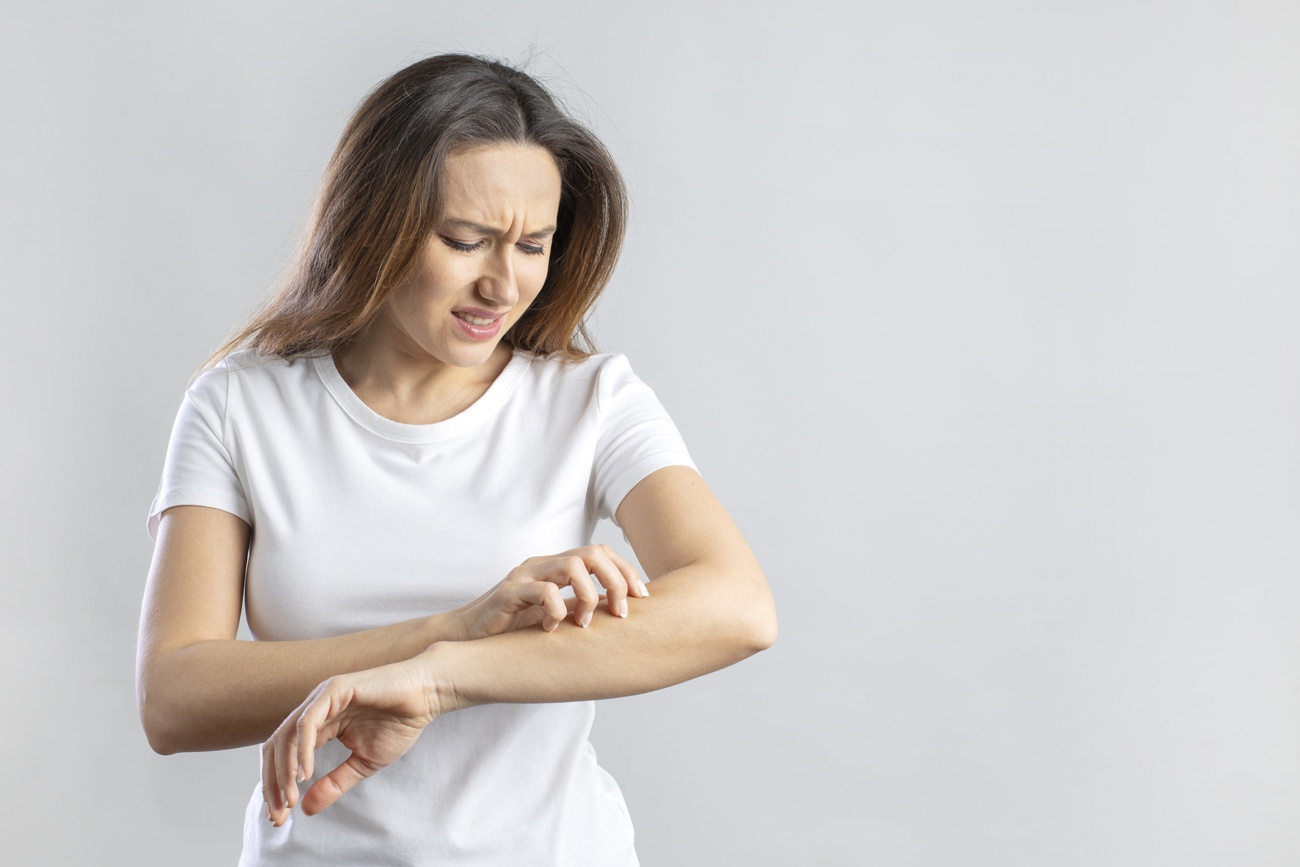
Care in case of outbreak
In the event of an outbreak, the expert stresses that, although the classic treatment par excellence is topical corticosteroids, subject to medical prescription, when this is not sufficient, there are «dermo-cosmetic products that can help us take care of the skin with eczema and alleviate the associated symptoms».
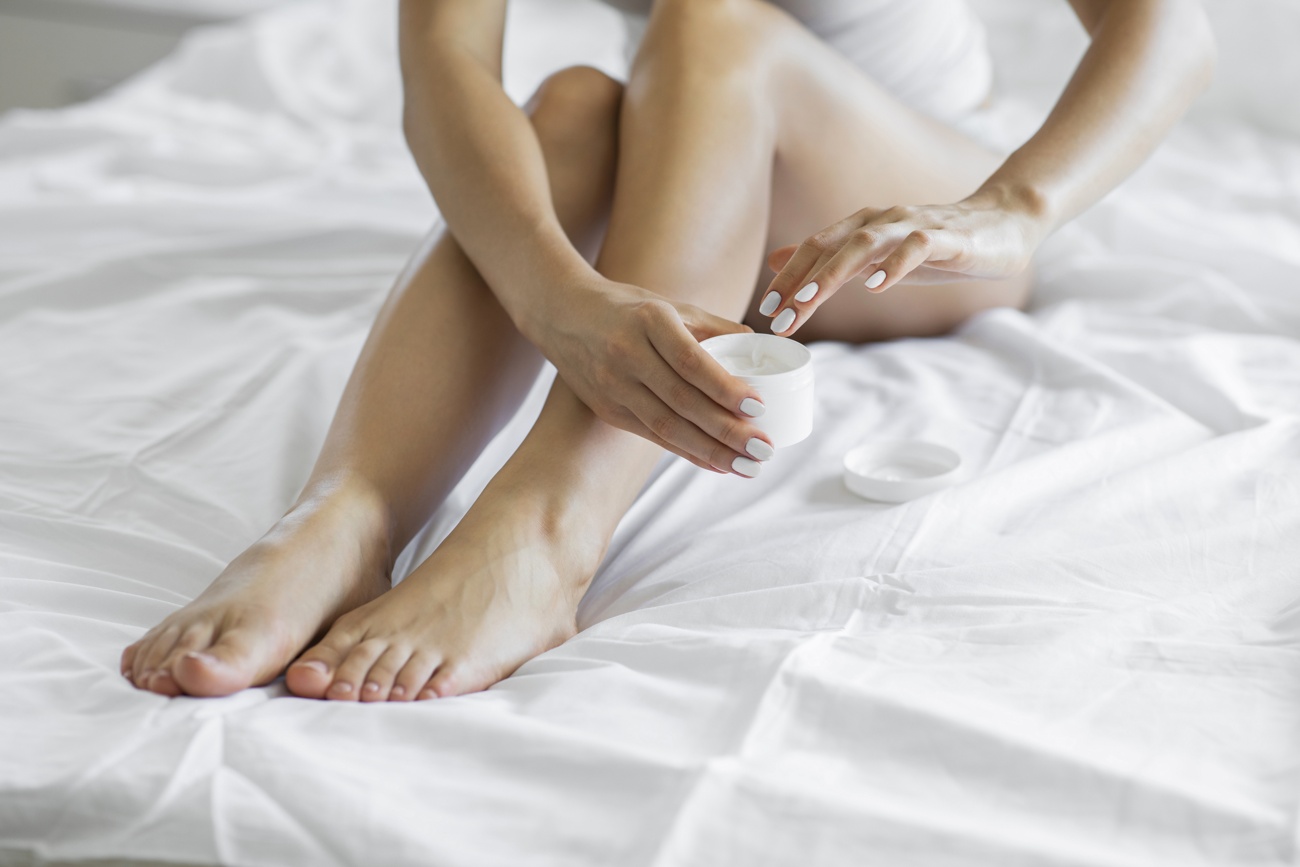
Restorative balms
These products include, on the one hand, the restorative balm Xeracalm A.D. Relipidizing Balm by Eau Thermale, which relieves itching and reduces skin dryness by 50% and improves sleep quality by 59% after 7 days of use.
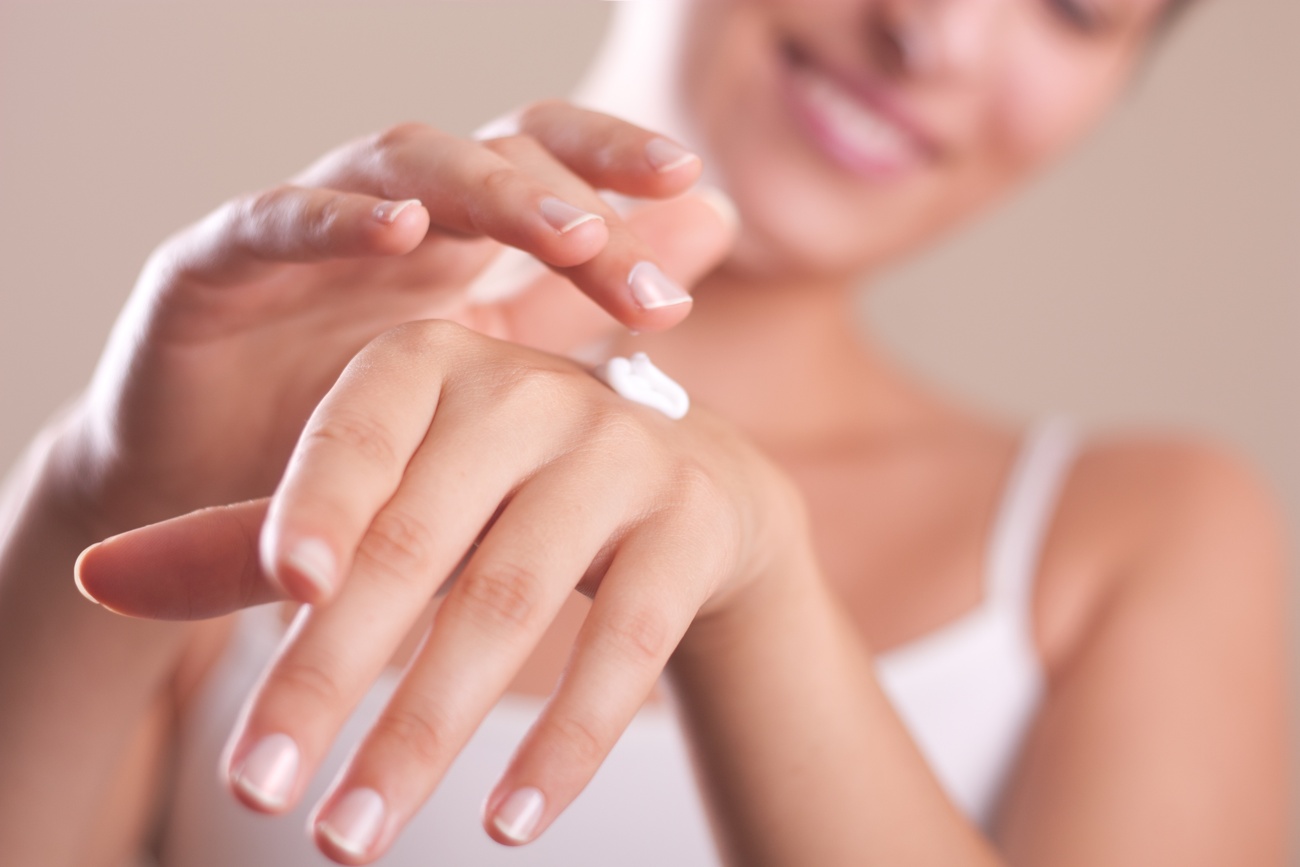
Specific formulas
Its preservative-free and fragrance-free formula makes it the ideal cream for the skin of babies, children and adults, and it is enough to apply a small amount of balm once or twice a day for at least a week to notice its benefits.
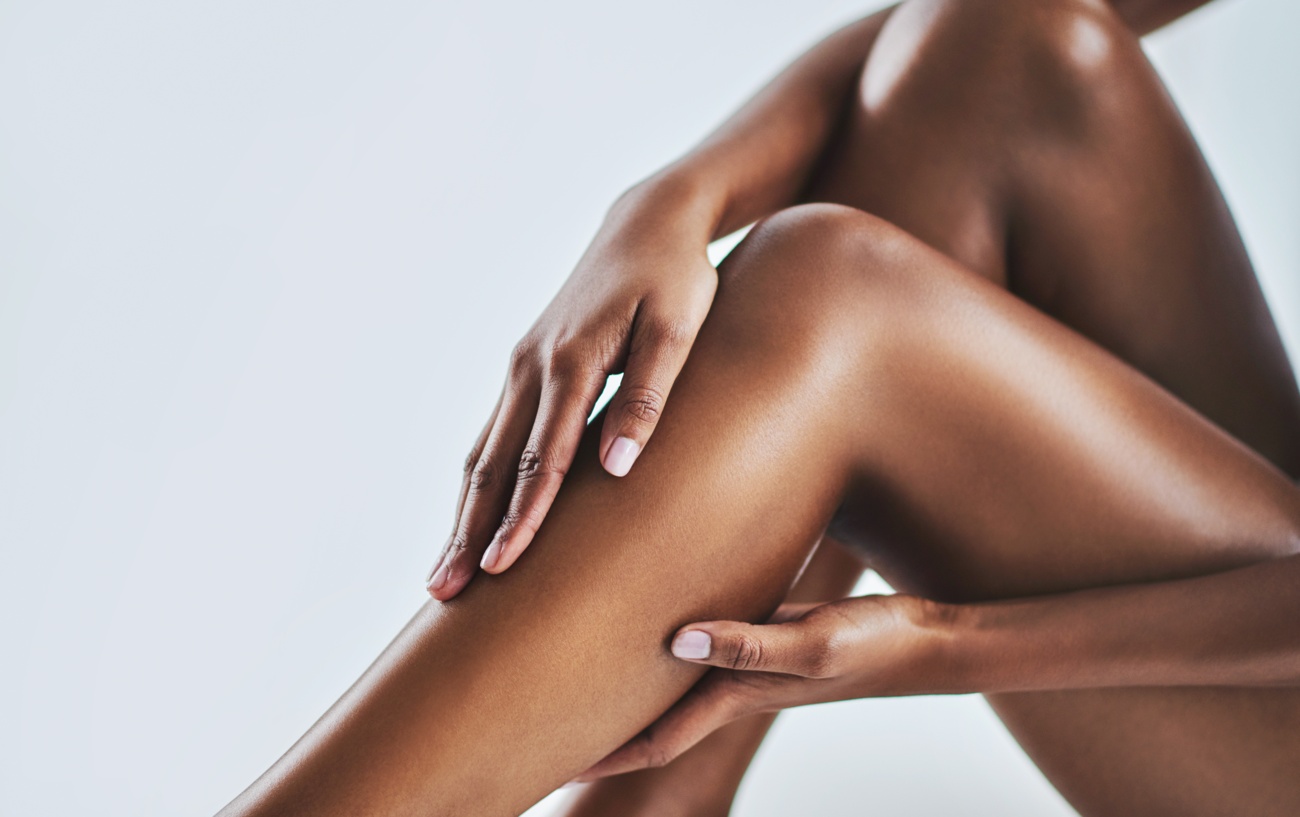
Repairing creams
On the other hand, Dexyane Med soothing repairing cream (Ducray) is another excellent option to treat the symptoms of eczema skin. It is a product whose main function is to repair, soothe and promote the disappearance of eczema lesions on the skin, while limiting their reappearance.

Suitable for adults and children
It is suitable for children from three months of age, not for pregnant or breastfeeding women, which can be applied alone or in association with dermocorticoids. It is applied once or twice a day and its benefits begin to be noticed after three days of application.




